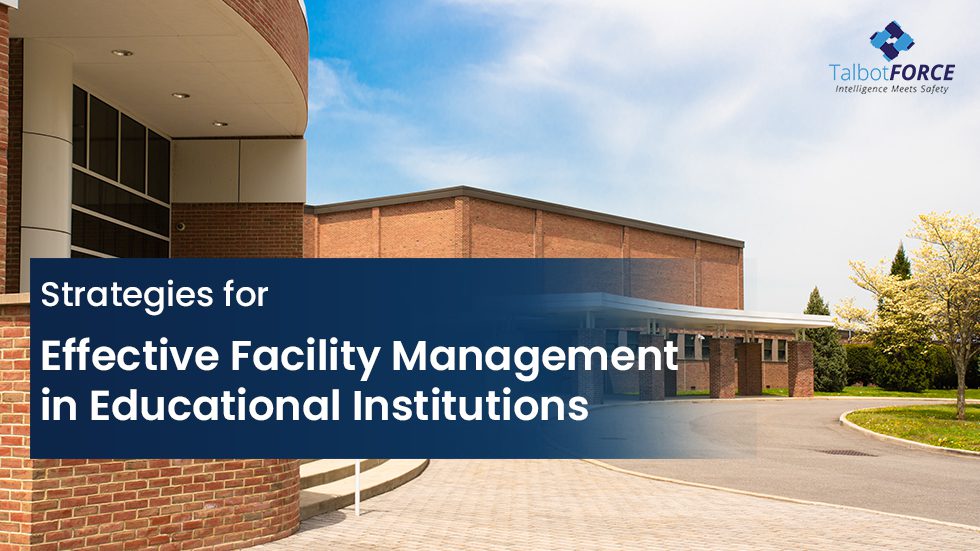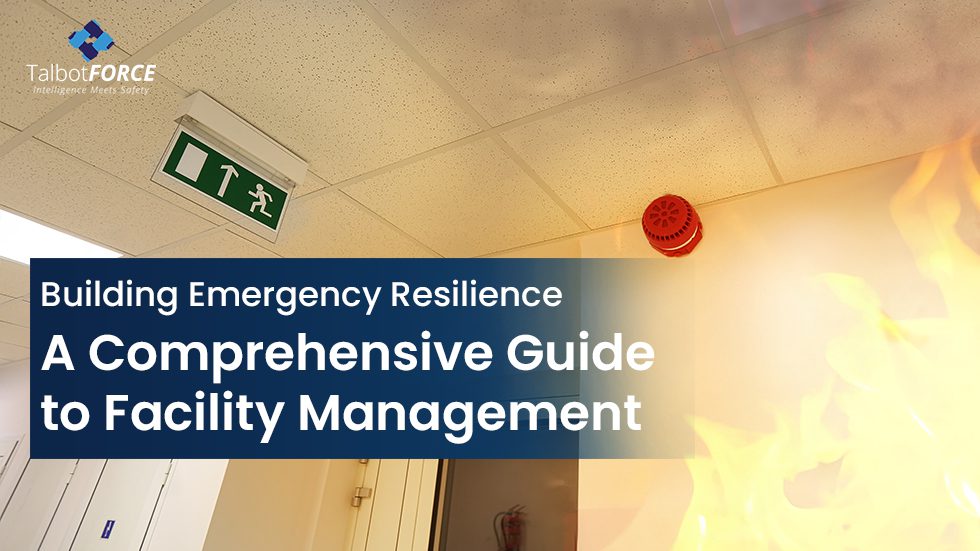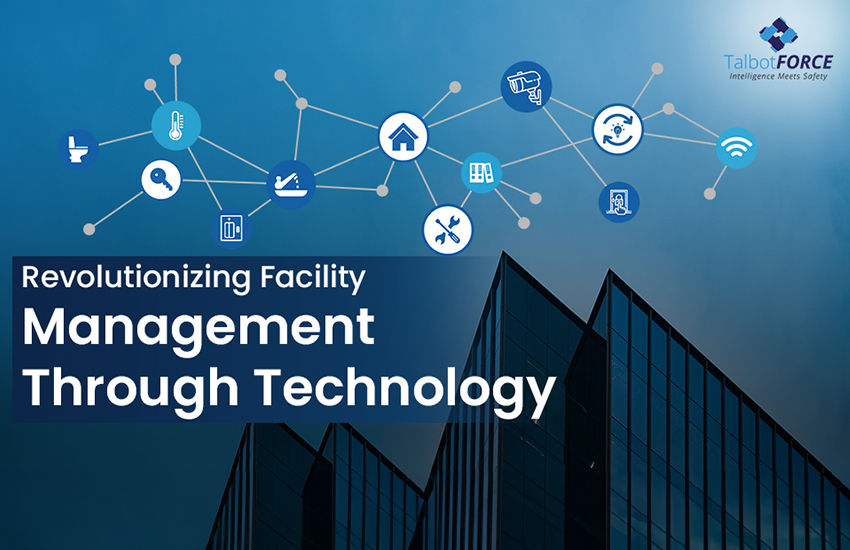Educational institutions are hubs of intellectual growth and exploration, where students embark on transformative educational journeys. Within this pursuit of academic excellence, the importance of efficient facility management cannot be emphasized enough. Facility management encompasses ensuring the safety and well-being of students, promoting sustainability, and fostering an environment conducive to innovation and learning. Let’s explore the most effective strategies for managing facilities in educational settings to cultivate environments that support learning and personal growth.
Prioritize Preventive Maintenance
Effective facility management begins with proactive maintenance practices. Regular inspections, scheduled maintenance tasks, and prompt repairs help mitigate potential issues before they escalate, ensuring the seamless operation of facilities. By investing in preventive maintenance, educational institutions can prolong the lifespan of infrastructure, minimize disruptions, and uphold safety standards across the campus.
Safety and Security
Ensuring safety and security stands as a top priority within educational institutions. By integrating practices such as surveillance systems, access controls, and emergency response protocols, educational institutions strengthen the protection of students, staff, and valuable assets. It’s imperative to conduct routine safety drills and training sessions, equipping students with the skills needed to circumnavigate diverse emergency scenarios, spanning from natural disasters to potential intruder situations.
Sustainability Initiatives
By integrating sustainability into facility management, organizations can achieve multifaced benefits like reducing environmental impact, cutting costs, and fostering community engagement. By adopting initiatives like energy-efficient lighting, implementing water conservation measures, and embracing waste reduction strategies, educational institutions can mitigate the environmental impact and create a sustainable environment for students, thereby contributing to well-being and a conducive environment for learning.
Leverage Technology Solutions
Incorporating technology into facility management can streamline operations and enhance efficiency. Utilize facility management software, building automation systems, and data analytics tools to monitor energy consumption, track maintenance tasks, and optimize resource allocation. Technology-driven solutions empower educational institutions to make informed decisions, improve service delivery, and adapt to evolving needs.
Cultivate Community Engagement
Engaging the campus community fosters a sense of ownership and pride in educational facilities. Involve stakeholders, including students, parents, alumni, and residents, in facility planning, decision-making, and volunteer initiatives. By fostering collaborative partnerships and soliciting feedback, educational institutions can create a supportive environment where everyone feels valued and invested in the campus experience.
Best practices in facility management are paramount for educational institutions, as they underpin the foundation of a conducive and thriving learning environment. Implementing these best practices in facility management not only ensures the smooth operation of educational institutions but also contributes to a safe, sustainable, and inclusive campus environment.
As stewards of learning and innovation, educational institutions can lead by example and inspire future generations toward a brighter and more sustainable future.



